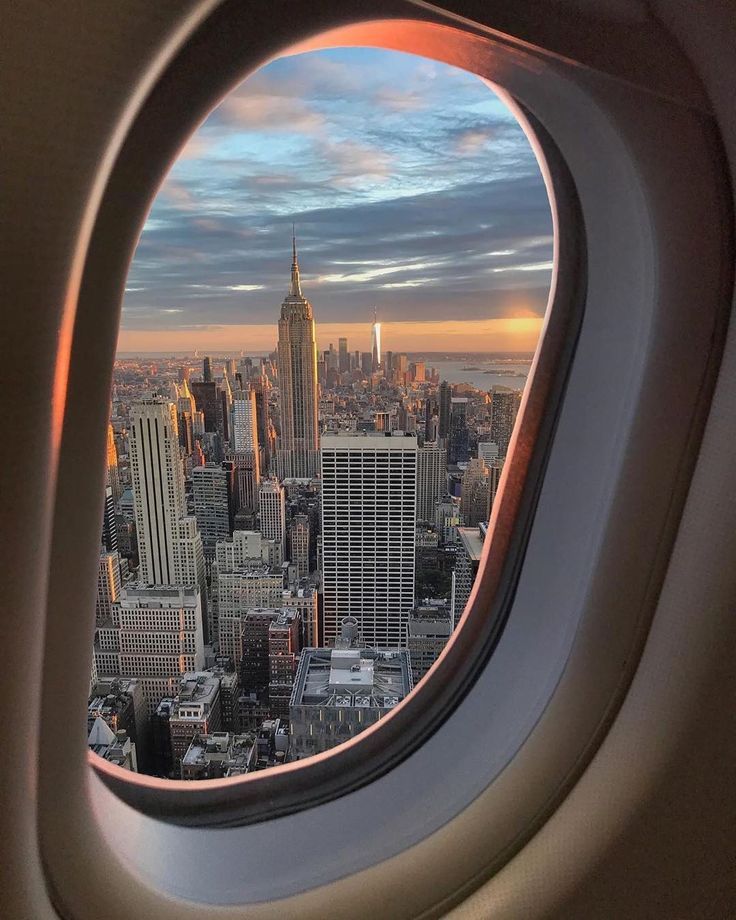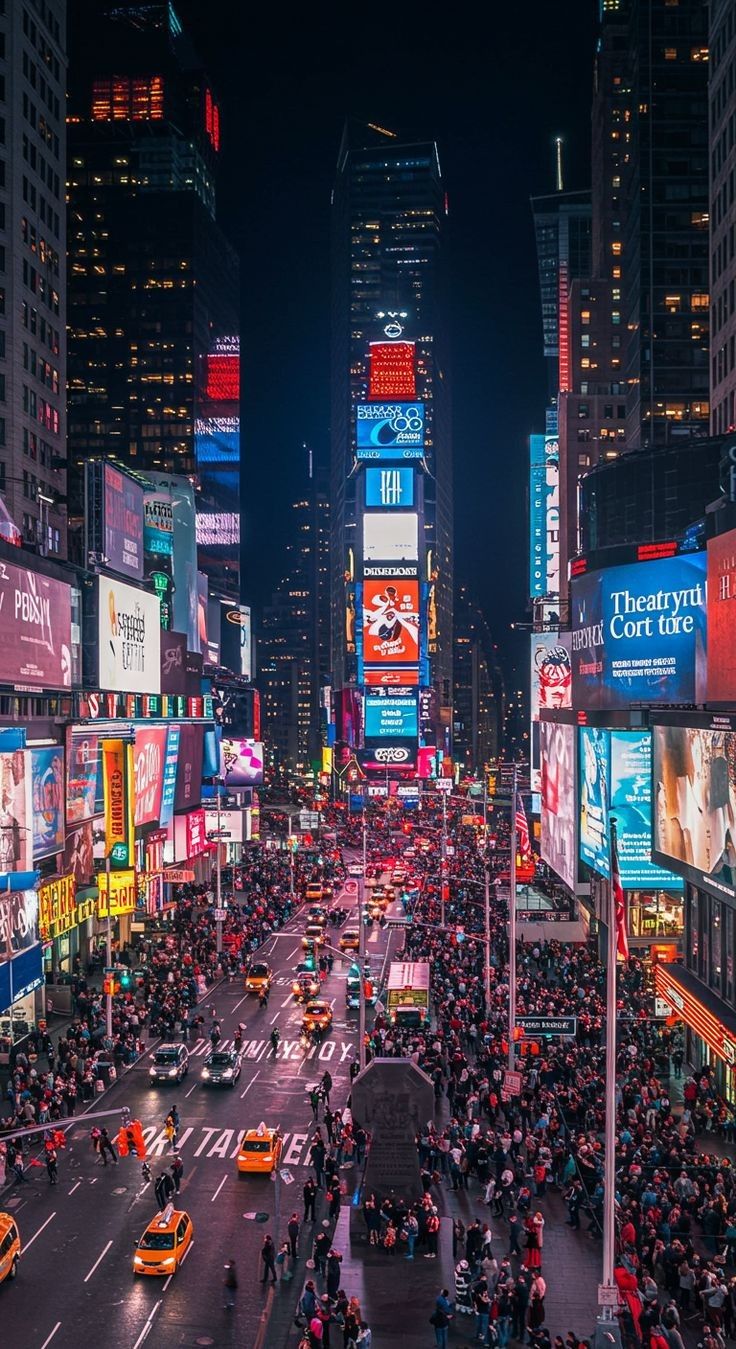Discover New York City


History
A city built by dreamers, for dreamers. New York City’s history began in 1624 as the Dutch colony of New Amsterdam, a trading post strategically positioned at the mouth of the Hudson River. Over the centuries, it transformed into a British colonial hub, a pivotal battleground during the American Revolution, and eventually America’s largest metropolis. The 19th and 20th centuries saw waves of immigrants arriving through Ellis Island, each group from Irish and Italians to Puerto Ricans and Chinese, reshaping the city’s neighborhoods and culture. Landmarks like the Statue of Liberty in 1886, the Empire State Building in 1931, and the 9/11 Memorial now stand as testaments to its resilience and ambition. From the Gilded Age’s opulence to the Harlem Renaissance’s artistic explosion, NYC has consistently been a stage for innovation and reinvention.
Geography
New York City sprawls across five boroughs: Manhattan, Brooklyn, Queens, the Bronx, and Staten Island, each with distinct topography. Manhattan, the urban core, is a narrow island flanked by the Hudson River to the west and the East River to the east, with Central Park serving as its green heart. The city’s harbor, where the Hudson meets the Atlantic, made it a natural trading epicenter. Brooklyn and Queens stretch across Long Island’s western edge, blending residential neighborhoods with industrial zones. The Bronx, the only mainland borough, features rolling hills and the Bronx River, while Staten Island offers quieter suburban landscapes. The city’s coastline, bridges, and tunnels bind its diverse geography into a cohesive, pulsating whole.
Why Visit New York City?
🗽 Iconic Landmarks
See the Statue of Liberty, Empire State Building, and Times Square.
🎭 Arts and Entertainment
Experience Broadway shows, world-class museums, and vibrant nightlife.
🍎 Cultural Melting Pot
Explore neighborhoods rich with global flavors and traditions.

